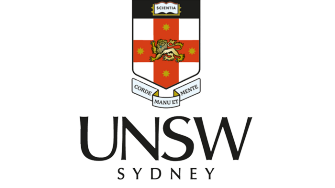
Galileo Second Generation is on the way with new and enhanced navigation satellites that will offer novel signals, services and even more precise positioning. But all the work being done to make it happen hinges on this single item at ESA’s Navigation Laboratory at ESTEC. The G2 test user receiver is designed to quantify the improvements the Second Generation will bring compared to current satellite navigation systems and will be used to verify the performance of early receivers processing the first G2 signals in space.
“In the end, everything we design has the goal of benefiting users,” explains Jose Antonio Garcia Molina, heading ESA’s Radio Navigation Systems and Techniques Section and leading the G2 signal-in-space design at ESA. “So, what we need to do before G2 satellites are ready to offer their novel services is to confirm that the system and signals we develop will indeed deliver their expected benefits.” This is the job of the test receiver which can capture and process all G2 services and signals-in-space for civilian use.
Two test receivers for G2 have been designed through parallel contracts: one by GMV in Madrid and the other one by Airbus Defence and Space in Munich.
Read more in The European Space Agency article.
